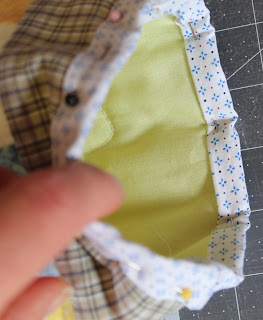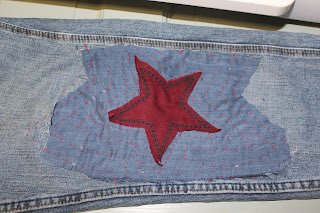The short answer is yes,
you can regrow celery from the store. I wanted to try this because my family
eats celery every week and all the videos and blogs I read said it could be
done so I thought it would be worth a try. I have been experimenting with
growing celery from the store for about 7 months now and thought it would be
worth sharing my observations because I couldn’t find any videos or blogs that
followed the process until they got tall enough to cut to eat. Most blogs
and videos just tracked it long enough to see that it sprouted. So if you are
interested in trying this here are some things you might want to know to
increase your rate of success.
·
Do not use a clear container to start the celery
in.
*
I noticed that the plant
roots do not grow as thick or as long as those grown in semi opaque containers.
The darker the container the healthier the roots grew. My theory is because the
roots are not being exposed to sunlight is more like nature is designed to
function with the roots hidden from the sun.
*
Absolutely start it in
water but make sure the container blocks light where the plant is in water.
·
Change the water daily.


*
I tried a number of day
variables for how often you need to change the water.
*
Every other day is okay but the plant is weaker
than if you change the water every day.
*
Anything beyond changing
the water every other day and the celery will get moldy.
·
Use cool water for the plant.
*
I tried by accident hot
water a few times and the celery always died shortly after this mistake.
·
Roots take on average 2 weeks to grow.


*
In many of the videos
and posts I read they said to plant it in soil after a few days. When I tried
this and 100% of the celery I planted after only 3 days died.
*
Planting after 1 week in water had 100%
failure rate as well.
*
On average it took me 2 weeks for roots to
start growing. Wait 7 days after roots that are 1" in length have grown
before you plant in soil. My success rate after waiting this long was 25%
survived the transplant.
·
Don't peel off all the dried outer stalks right
away.

*
I tried pulling
them all off at first and the plant was too week to handle the exposure to sun
in my window sill and died.
*
I tried leaving all the
outer stalks on and it stunted the growth.
*
What I tried that was
the most successful was pulling the dried out outer stalks only a few at time
then waiting a week and a half apart. By the time I had pulled off all the
outer stalks that didn't regrow the inner part had gained enough strength to
handle the sun exposure.
·
It takes months to grow celery as tall as the
store.

*
I have not seen any
videos or blogs that talk about how long this takes. I started one in January
and it was not tall enough to harvest until May.
·
It doesn't grow as thick as the store without
plant food or fertilizer.
*
Of all the stalks all
grew as tall as store celery again. None/0% grew as thick as the store without
fertilizer.
·
Celery needs loose soil and room to grow.
*
If you use a container
to grow your celery then it will need loose soil and room to grow or the growth
will be stunted. Meaning thinner stalks and less of them.
·
Grow your celery stalks outdoors if you can.

*
I had a 75% failure rate
of re-growing celery indoors. My family eats at least 1 stalk of celery a week
from the store. I tried to grow every single stalk that came home into another
plant. Part of the failure rate I had is explained from all the things I
learned the hard way about the conditions celery doesn't like to grow in. Near
the end of my experimenting my success rate went up.
*
When I grew celery
outside they were taller, thicker and much darker green.100% of those grown
outside survived, even with a little bit of neglect once established.
Hope this helps you have more success re-growing celery.

















































